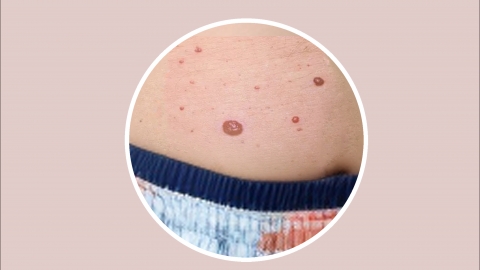What should be noted about benign hemangiomas?
Precautions for benign hemangiomas generally include regular monitoring of changes, avoiding local injury, adjusting diet, maintaining emotional stability, and paying attention to physical symptoms. The details are as follows:

1. Regular monitoring of changes: Although benign hemangiomas grow slowly, regular imaging examinations or visual observations are necessary to record changes in size, shape, and color. Rapid enlargement or other abnormalities should be detected promptly for timely intervention.
2. Avoid local injury: Protect the affected area in daily life by avoiding friction, impact, or pressure. Choose loose, soft clothing to prevent skin damage that could lead to infection or bleeding, especially for superficial or easily compressed hemangiomas.
3. Adjust diet: Reduce intake of spicy, stimulating, and greasy foods. Increase consumption of fresh fruits and vegetables, high-quality protein, and fiber-rich foods. Maintain a light and balanced diet to avoid negative impacts on overall health caused by poor eating habits.
4. Maintain emotional stability: Prolonged anxiety and stress may affect metabolism and immune function, which is unfavorable for disease stability. It's important to maintain a calm mindset and avoid excessive worry, as most benign hemangiomas pose no significant risk and do not require undue concern.
5. Monitor physical symptoms: If the hemangioma causes discomfort such as pain, redness, swelling, discharge, or bleeding, or if it compresses surrounding organs causing symptoms, seek medical evaluation promptly to rule out infection or disease progression.
Daily care should be tailored according to the location and size of the hemangioma; avoid using unproven remedies. During follow-up visits, actively inform your doctor of any bodily changes and follow professional advice regarding observation or management strategies.








